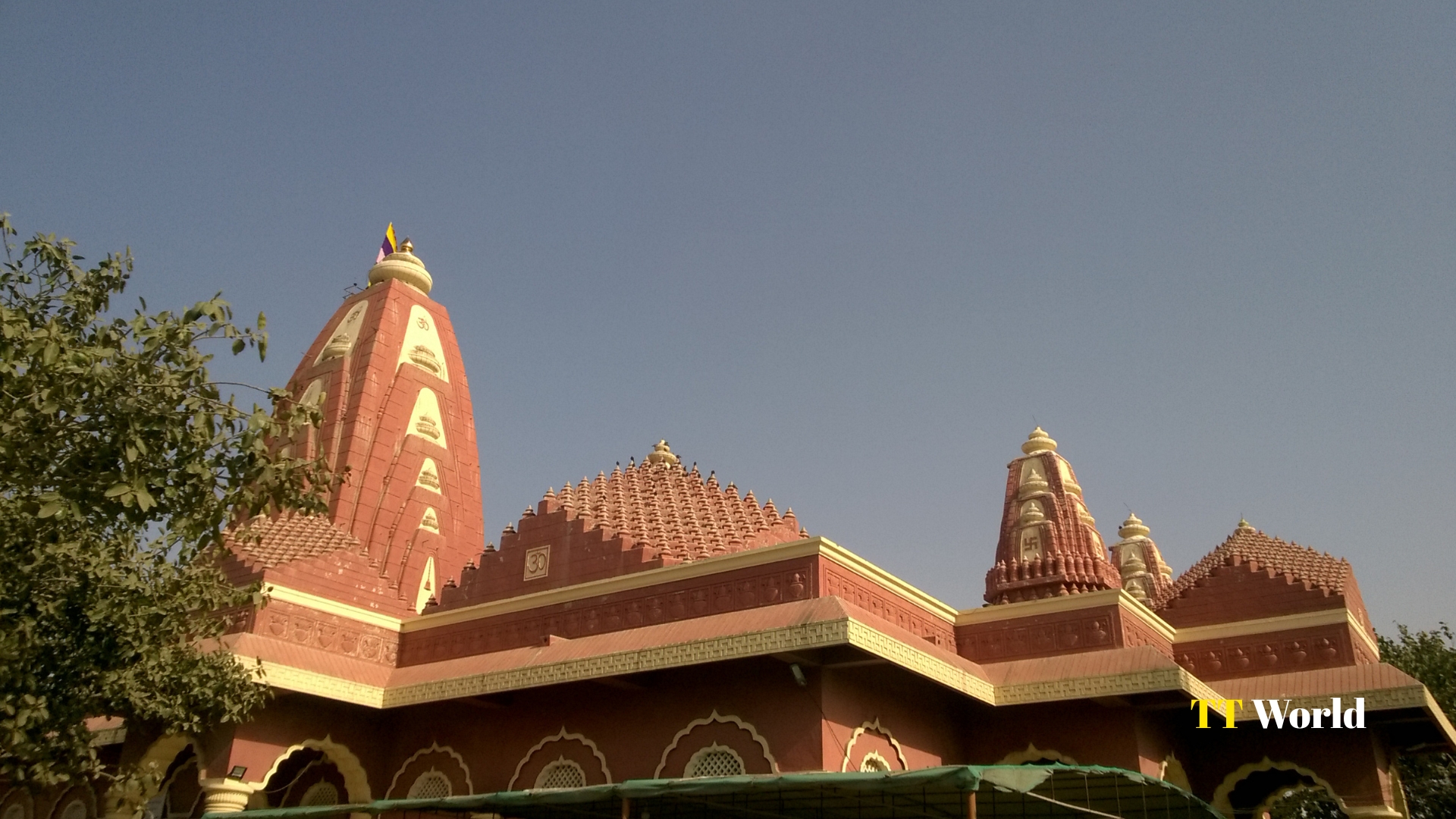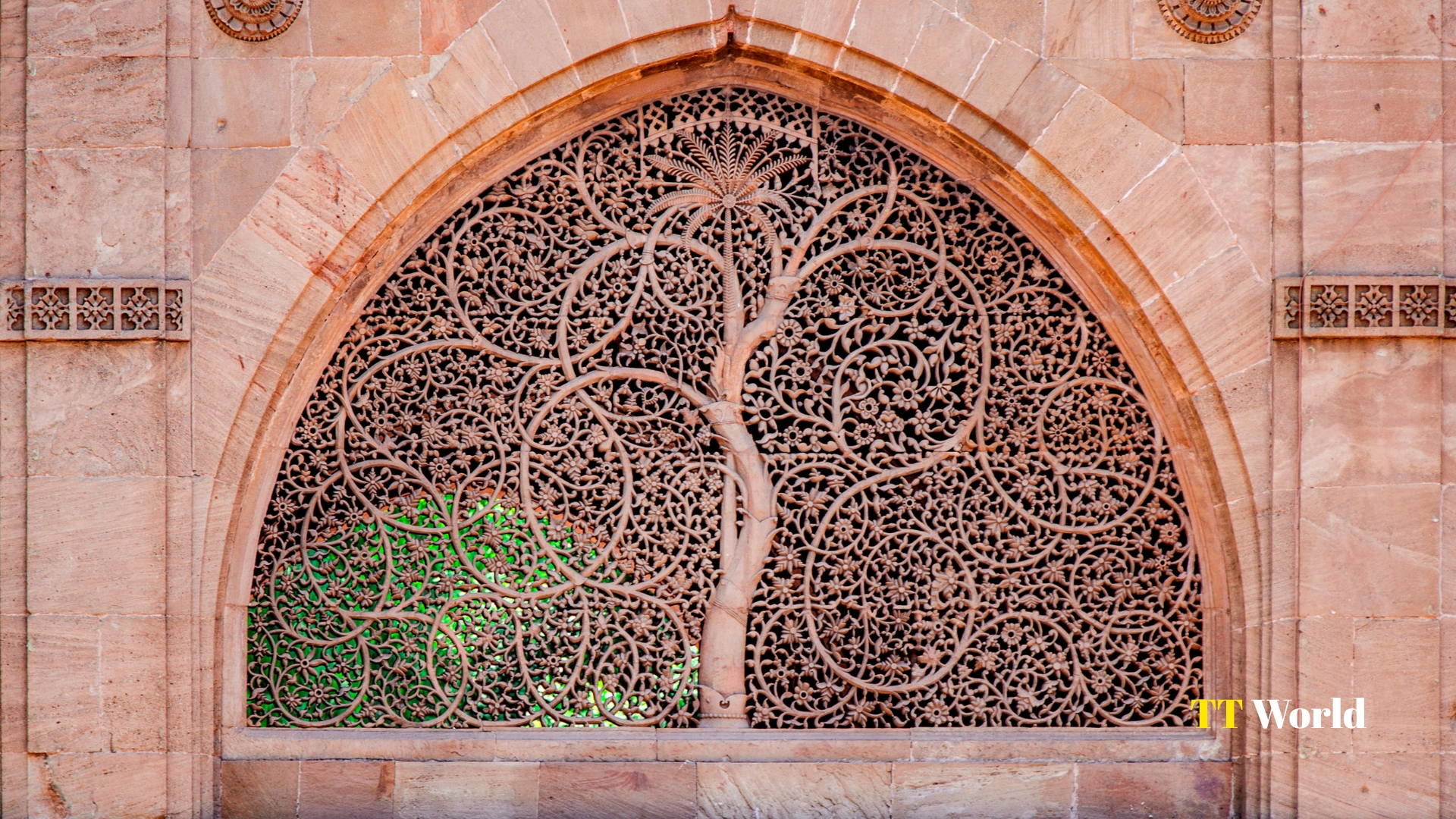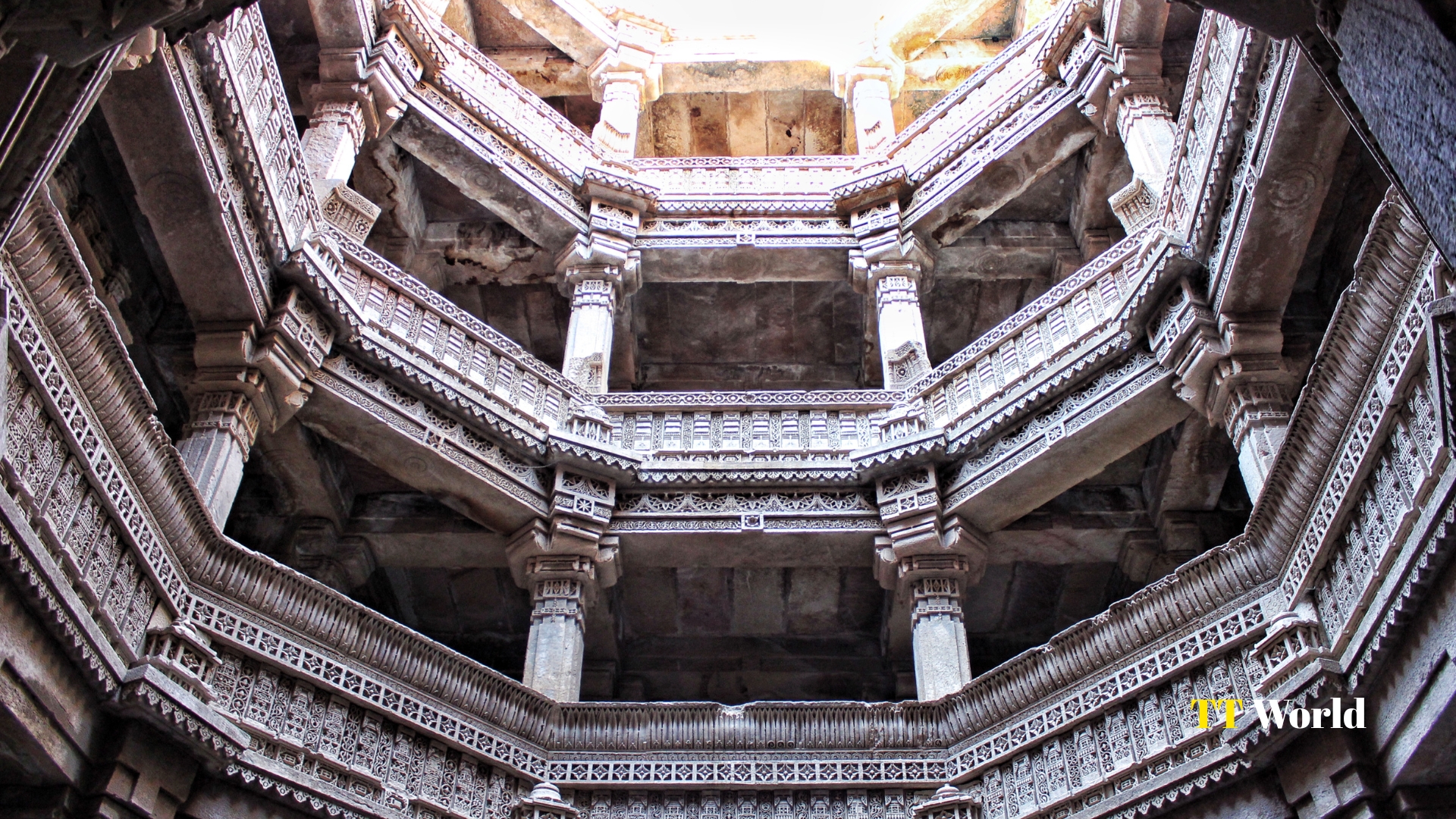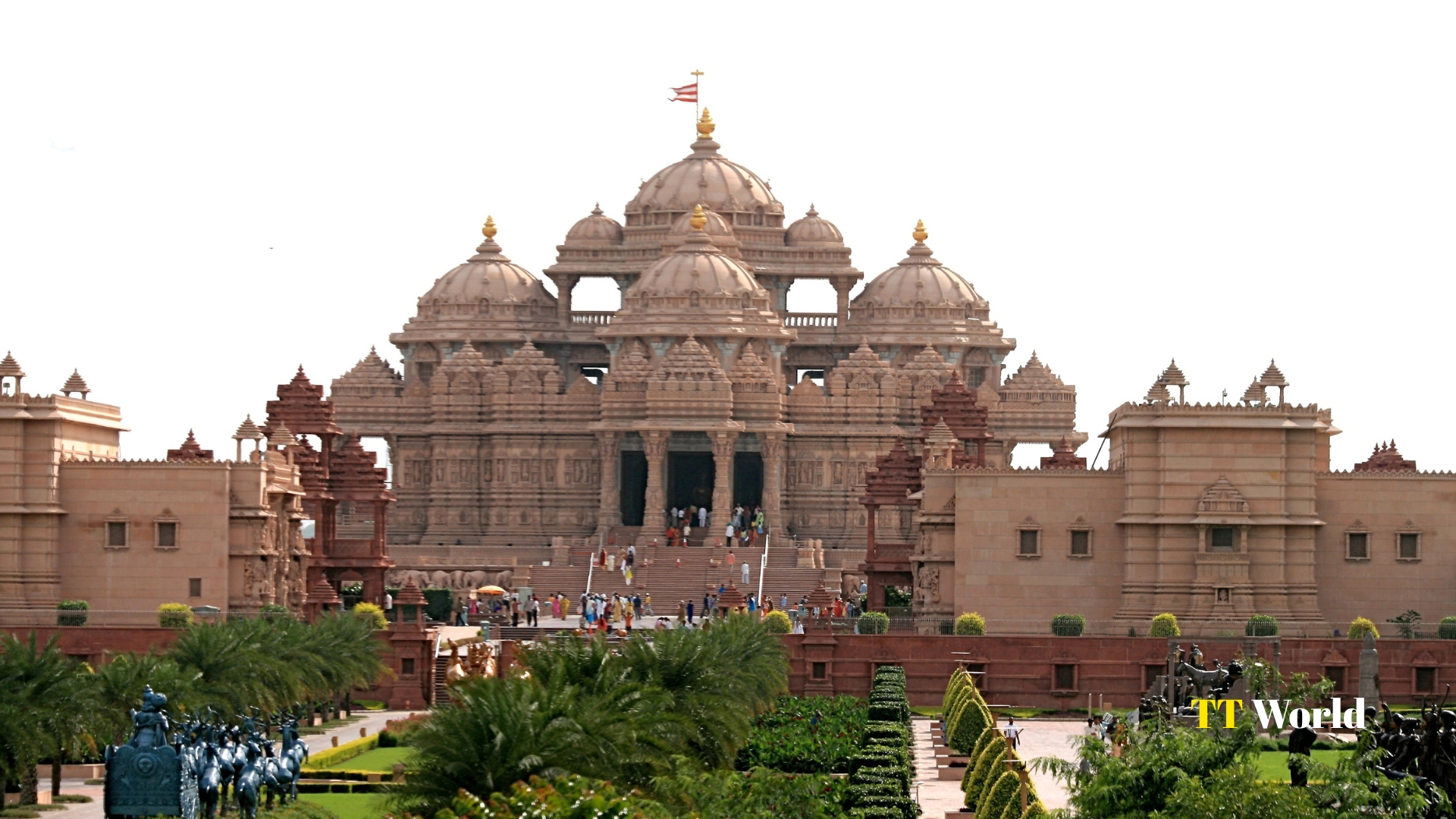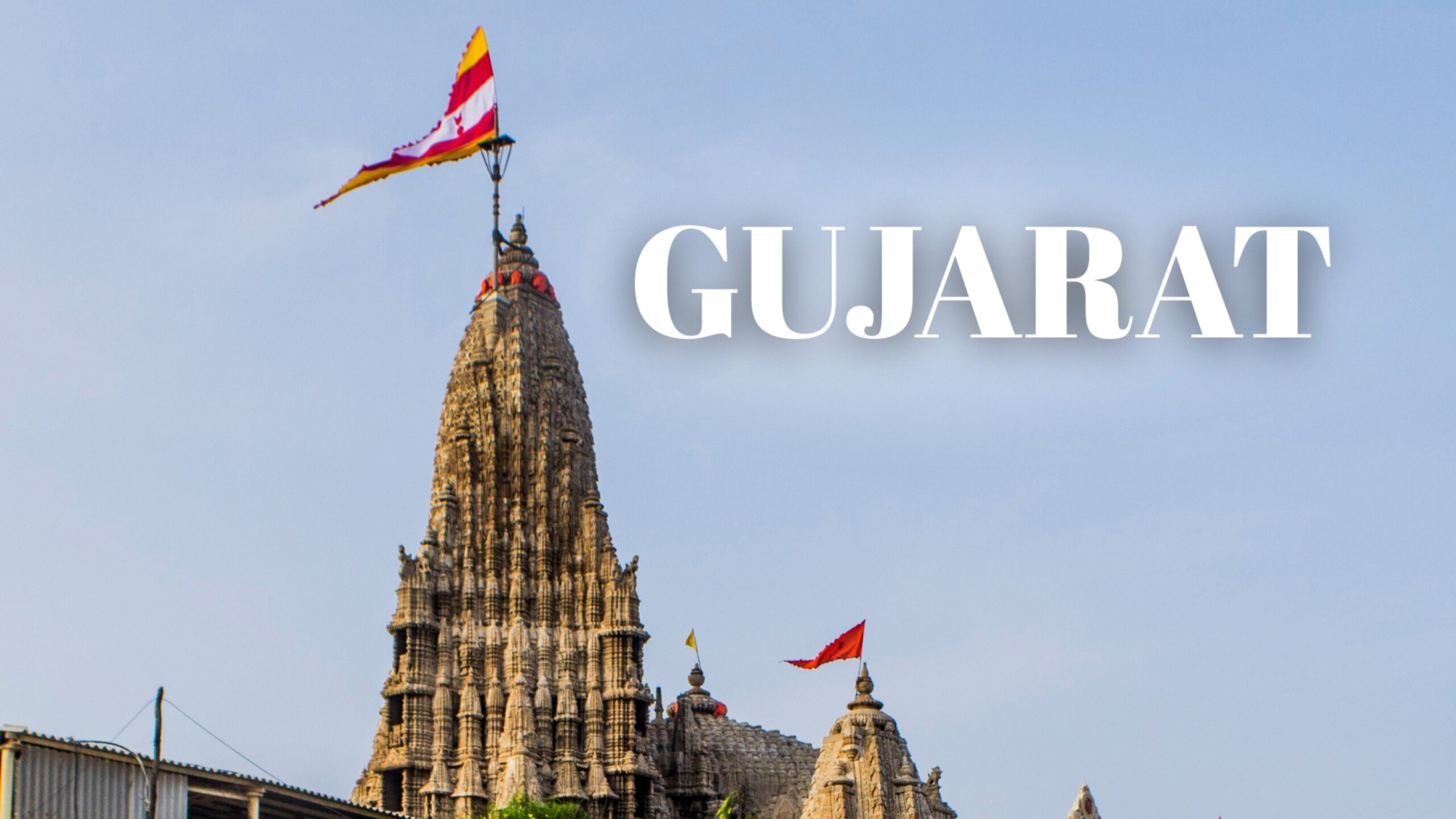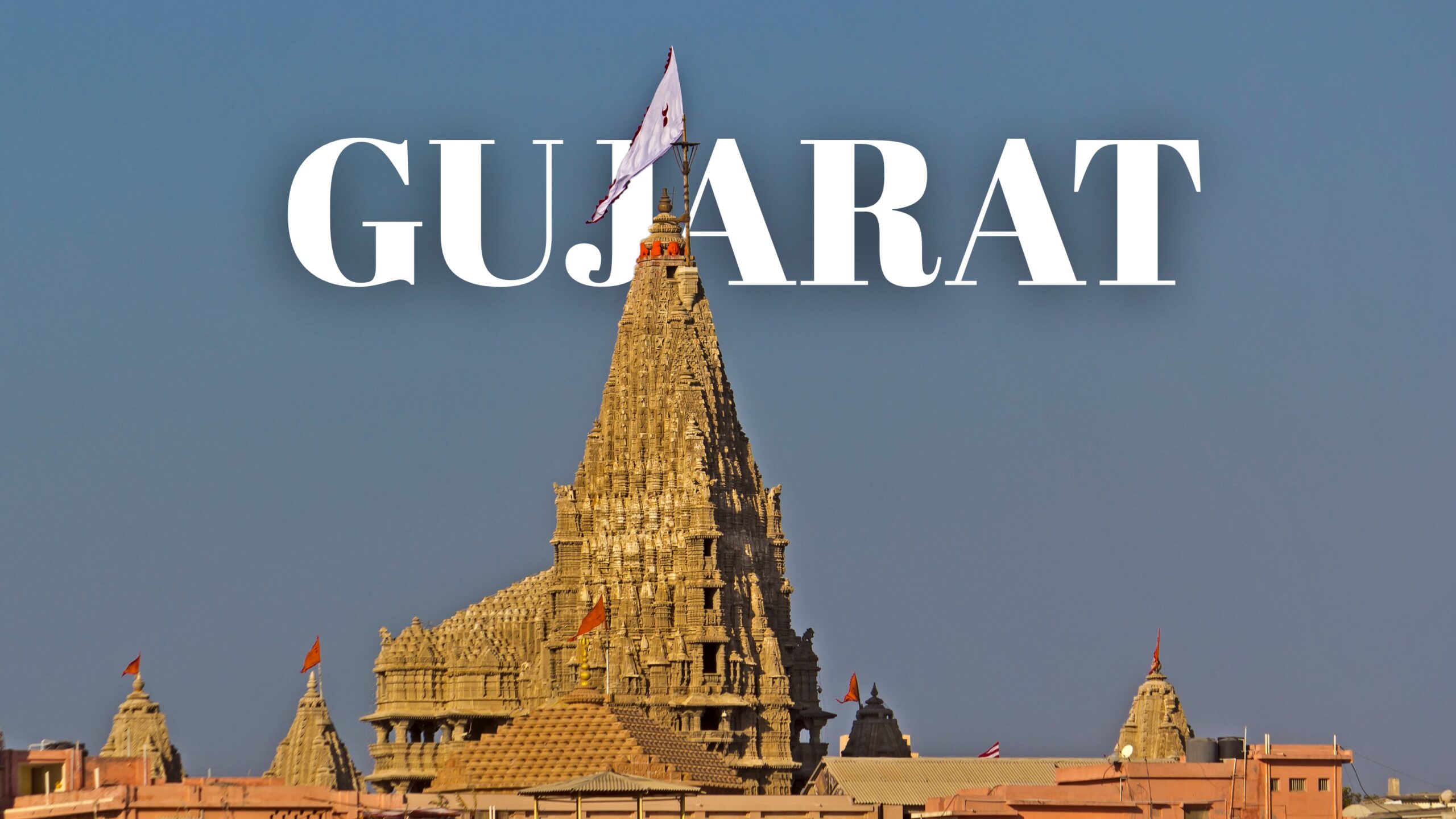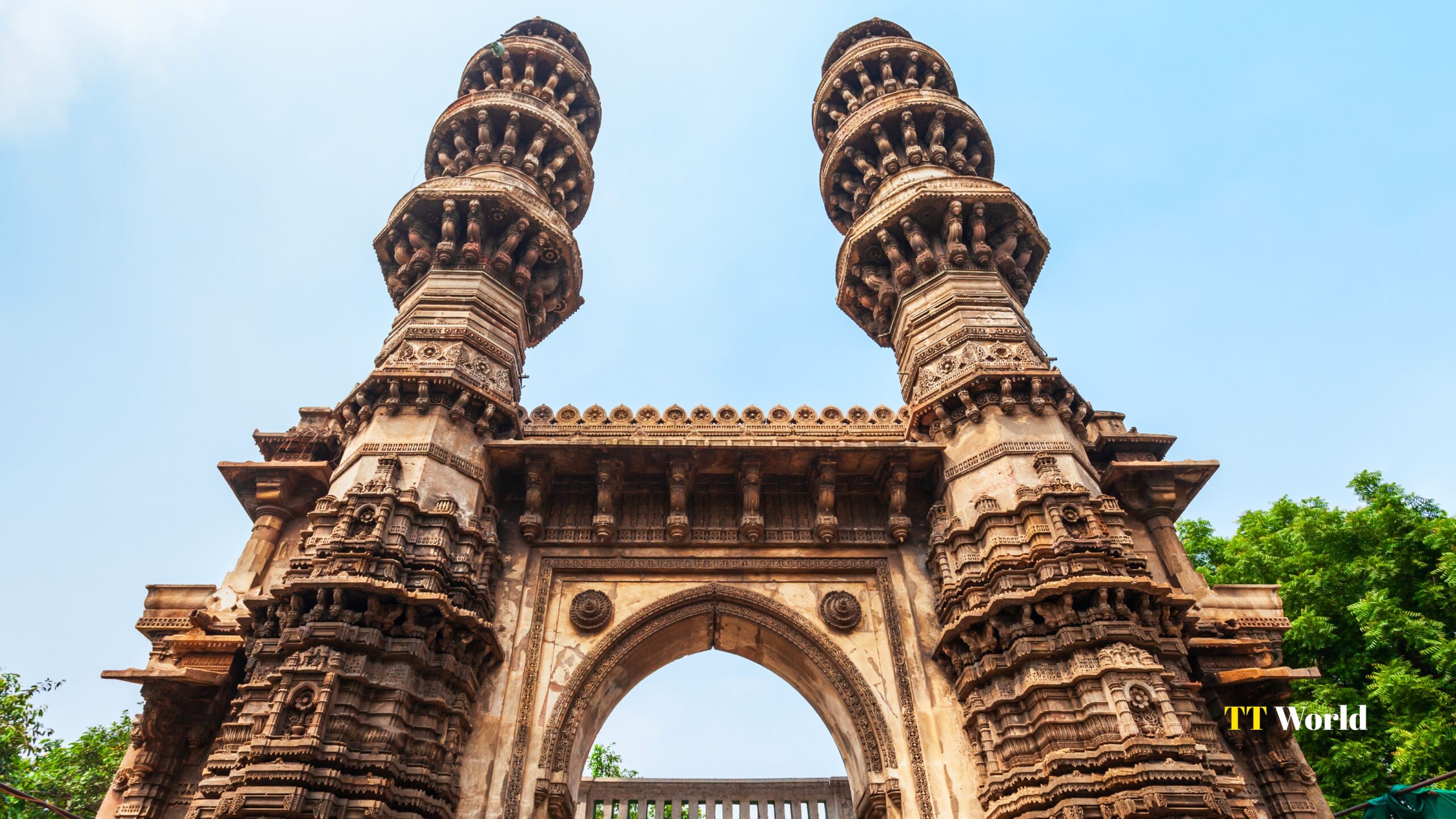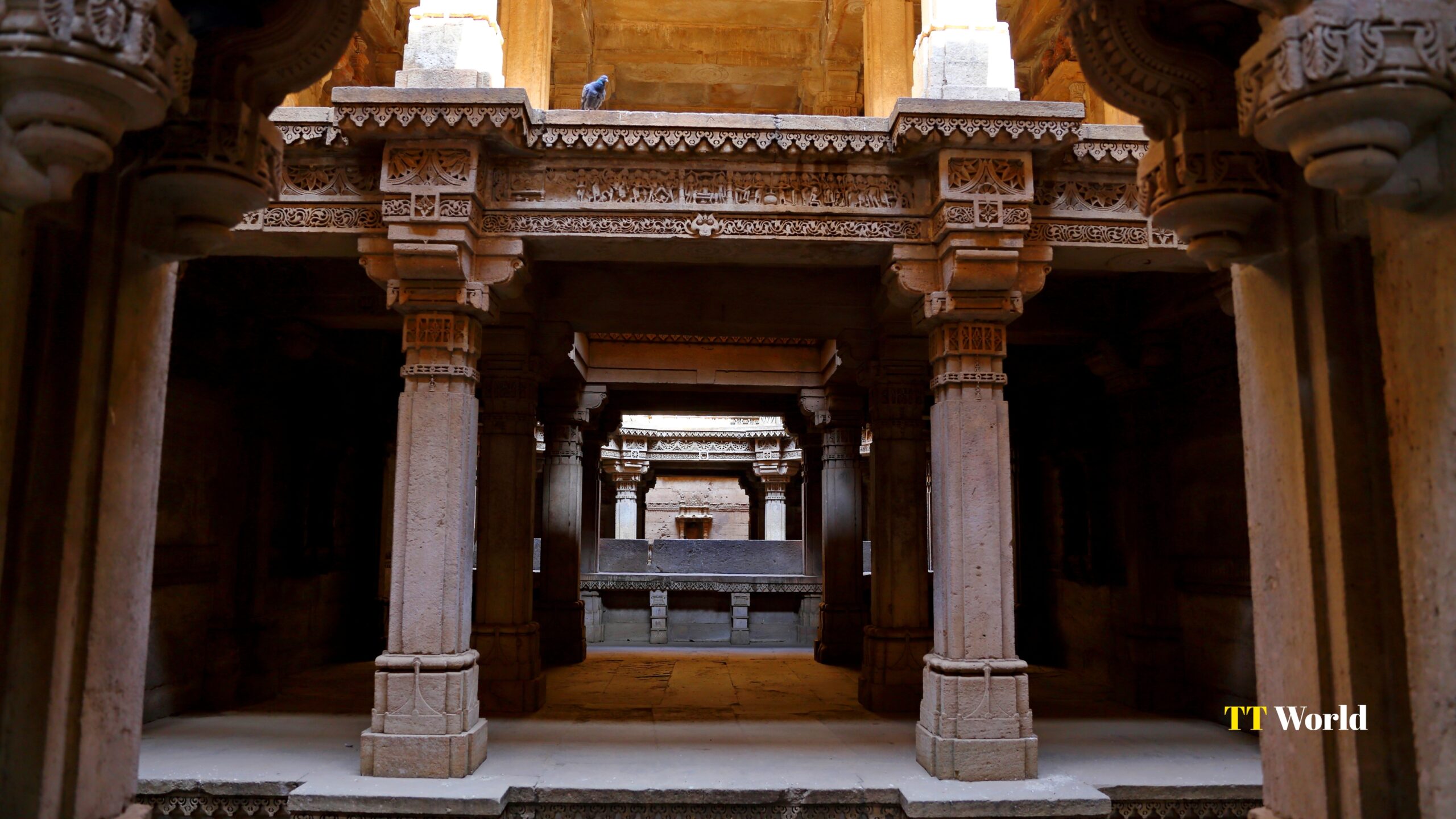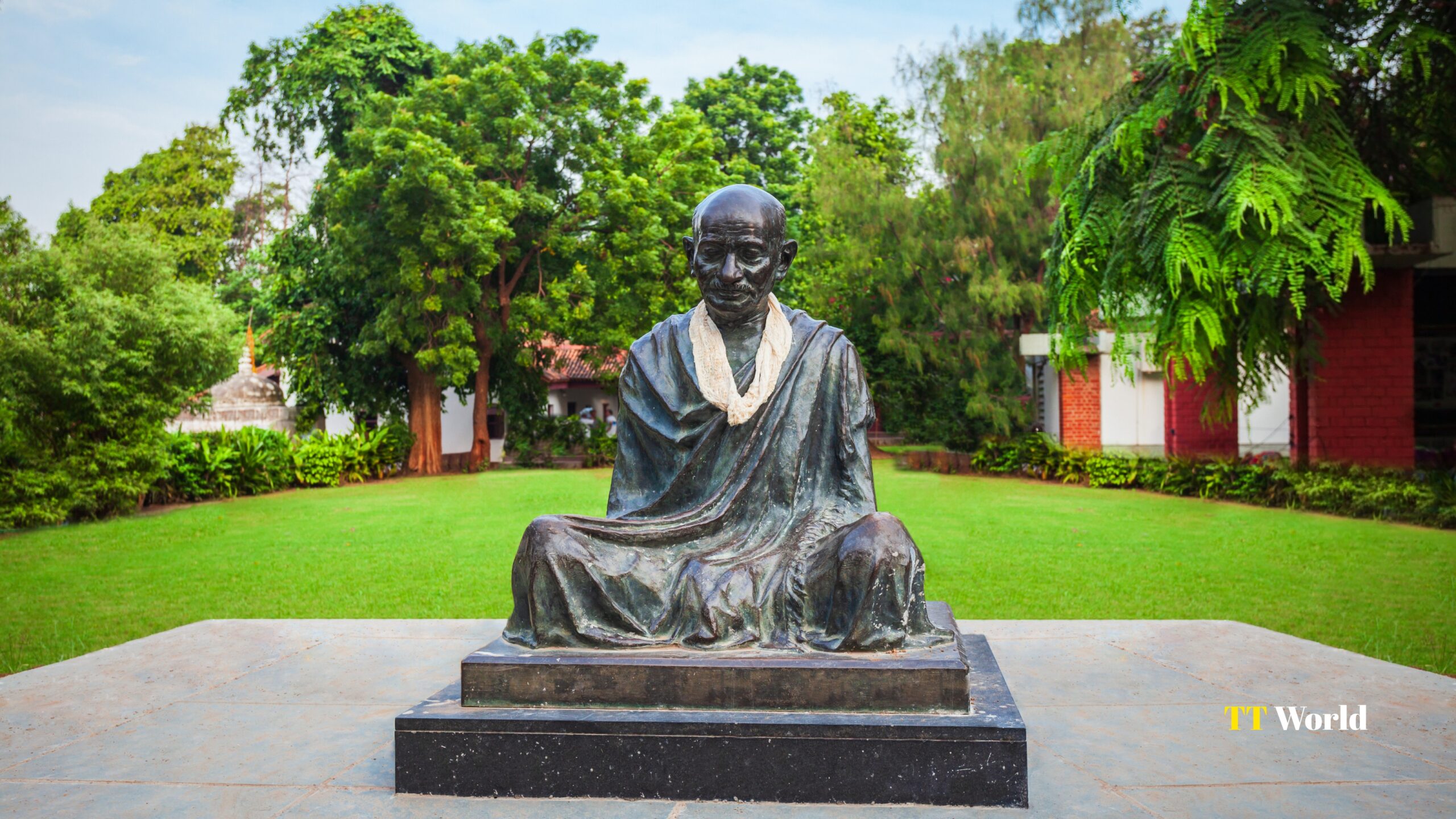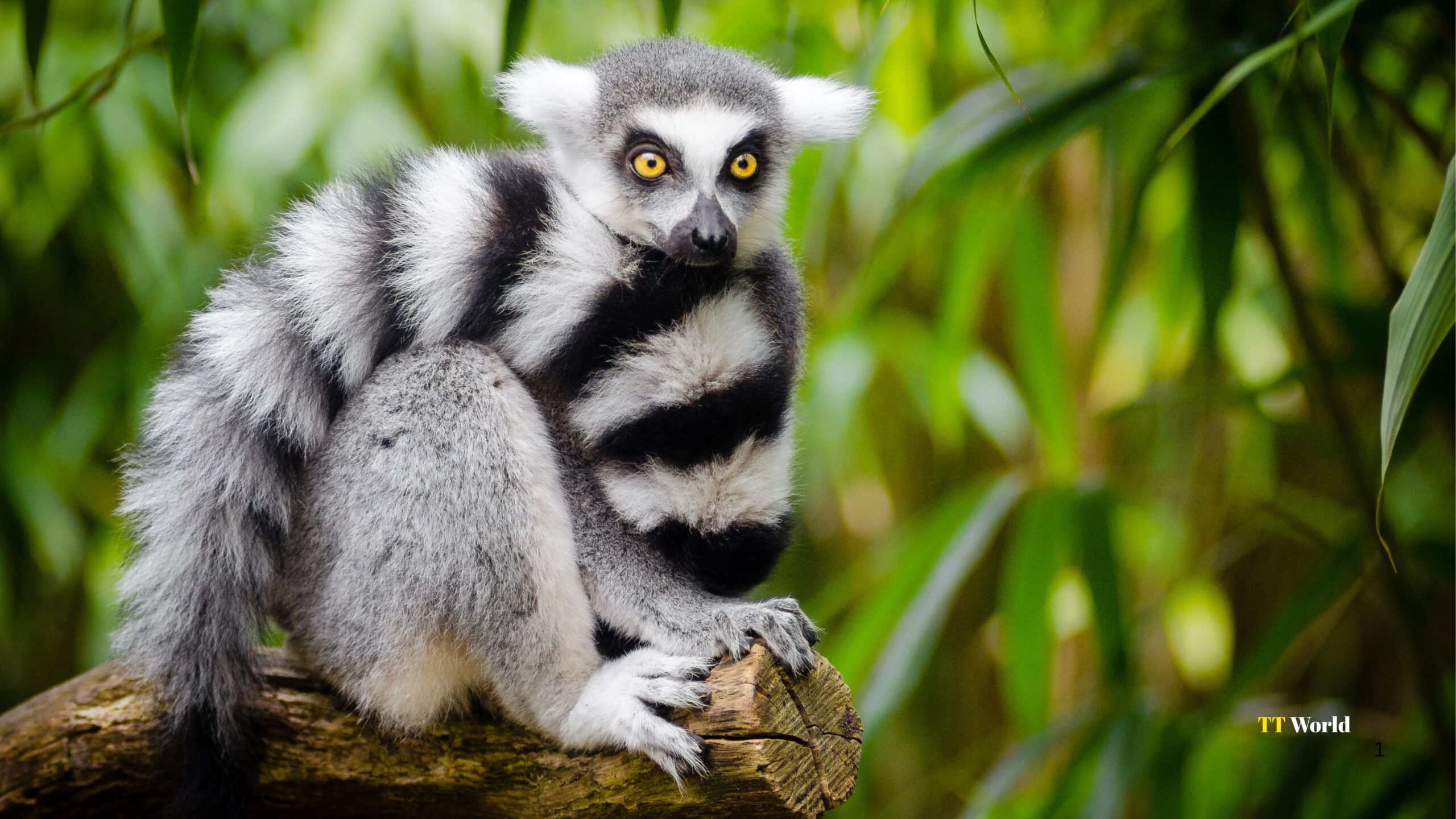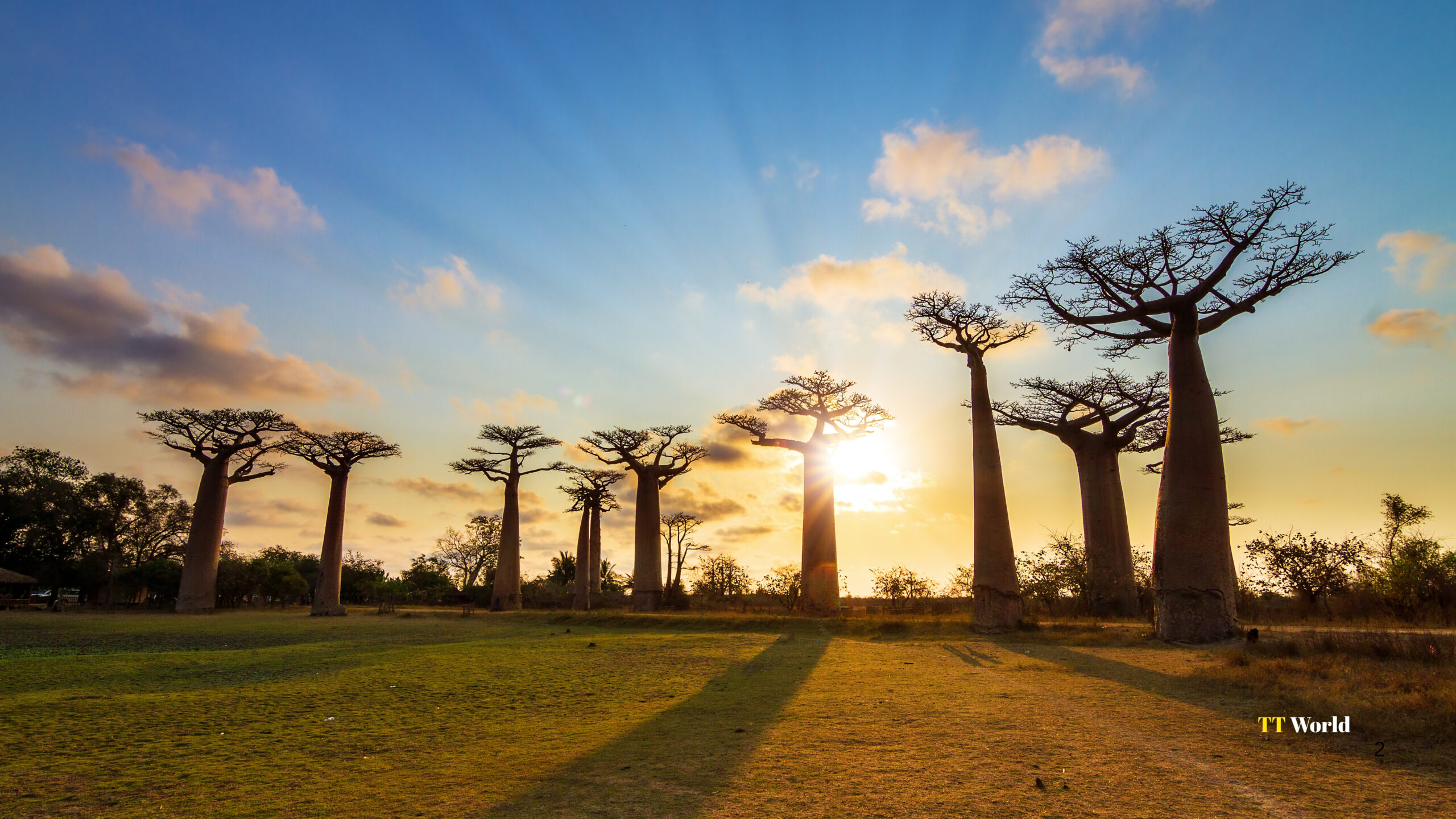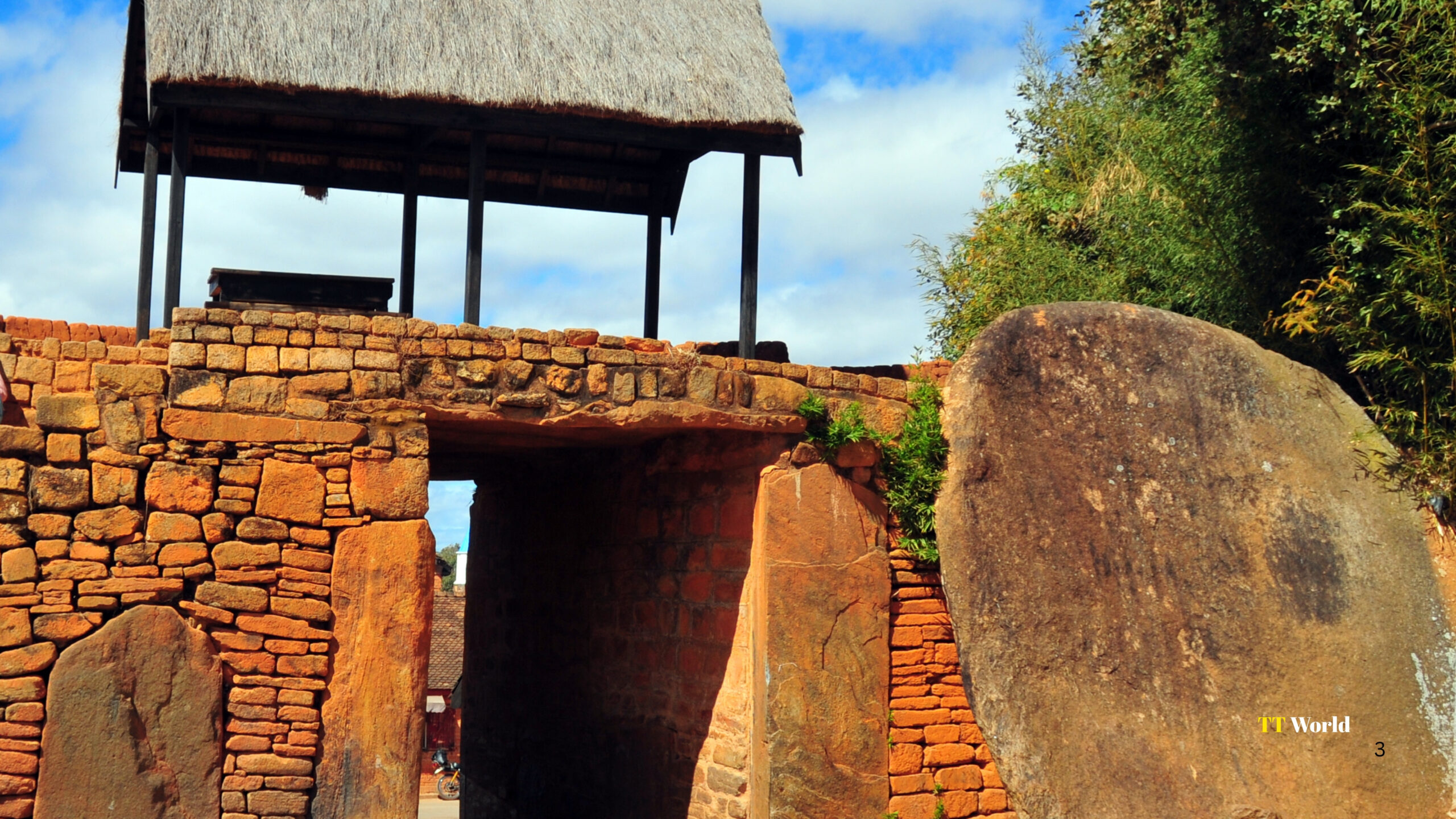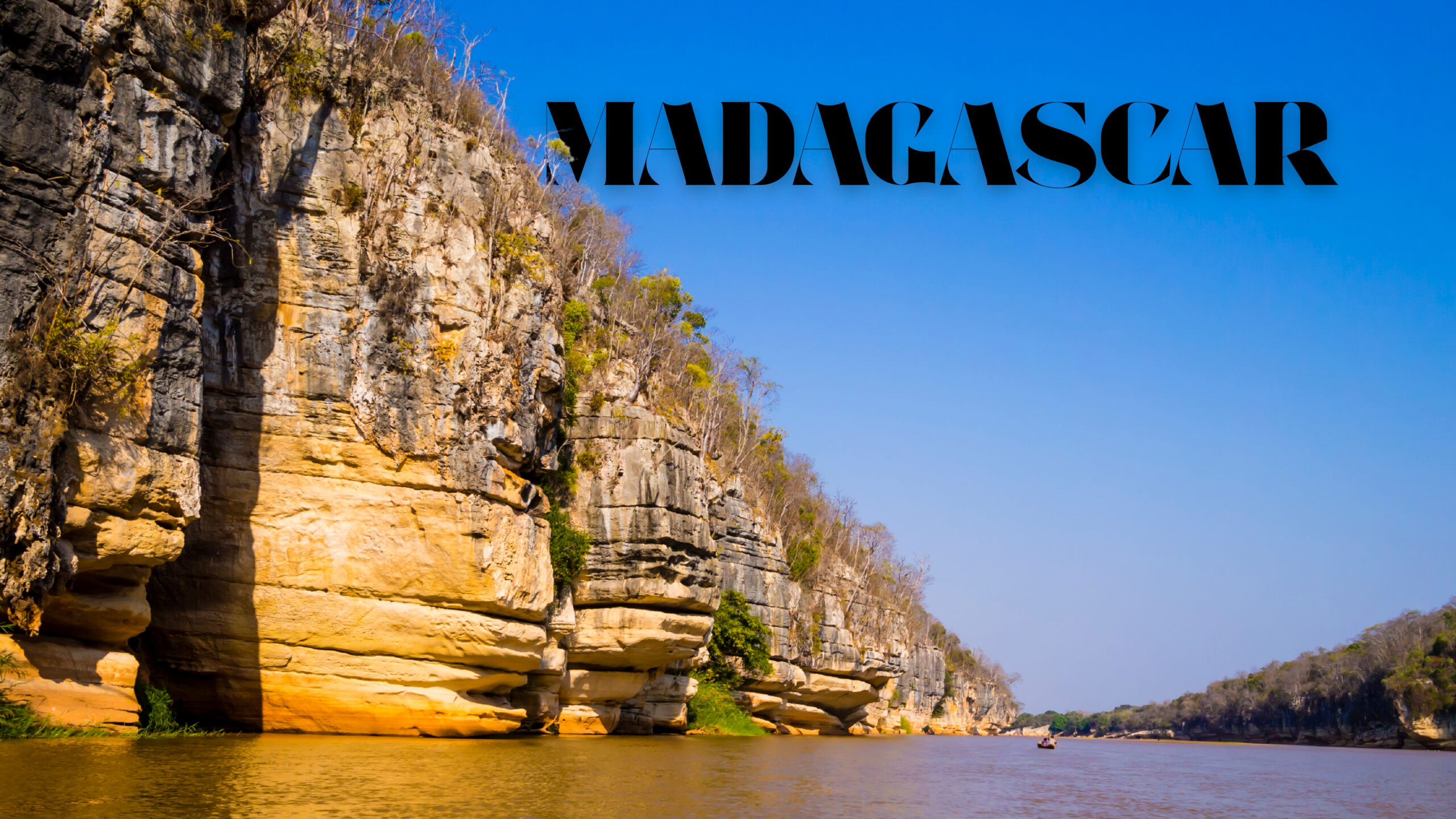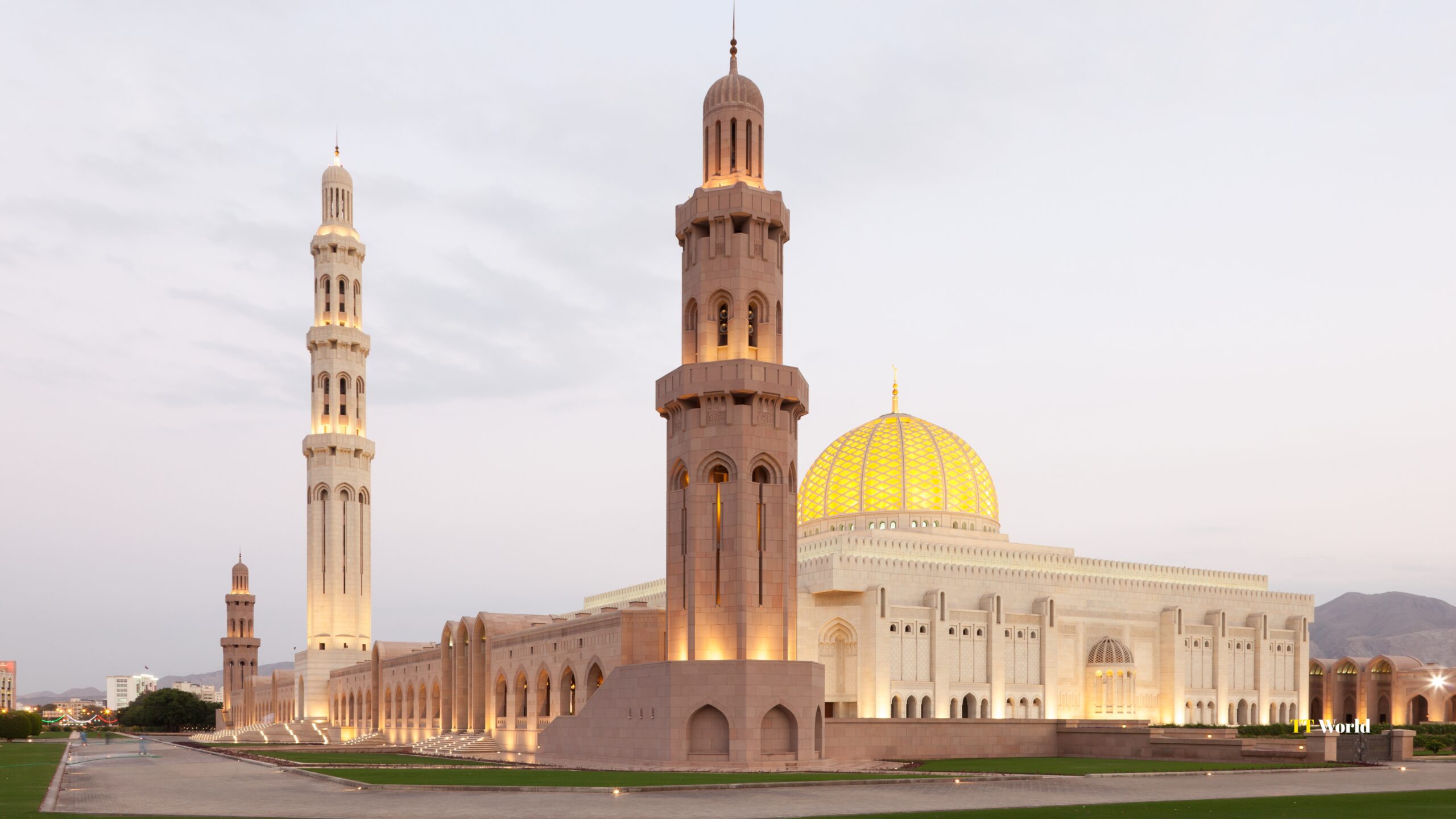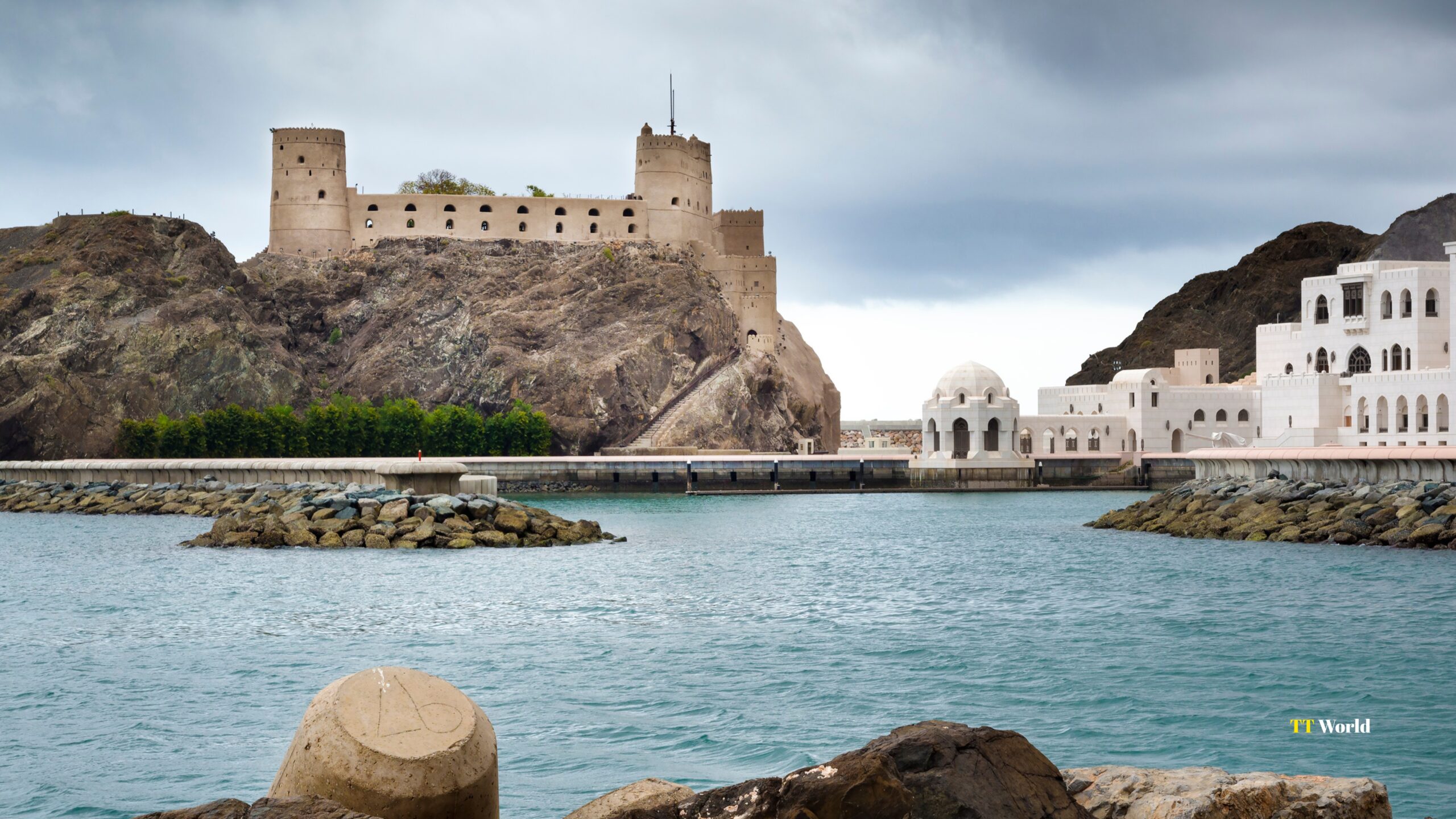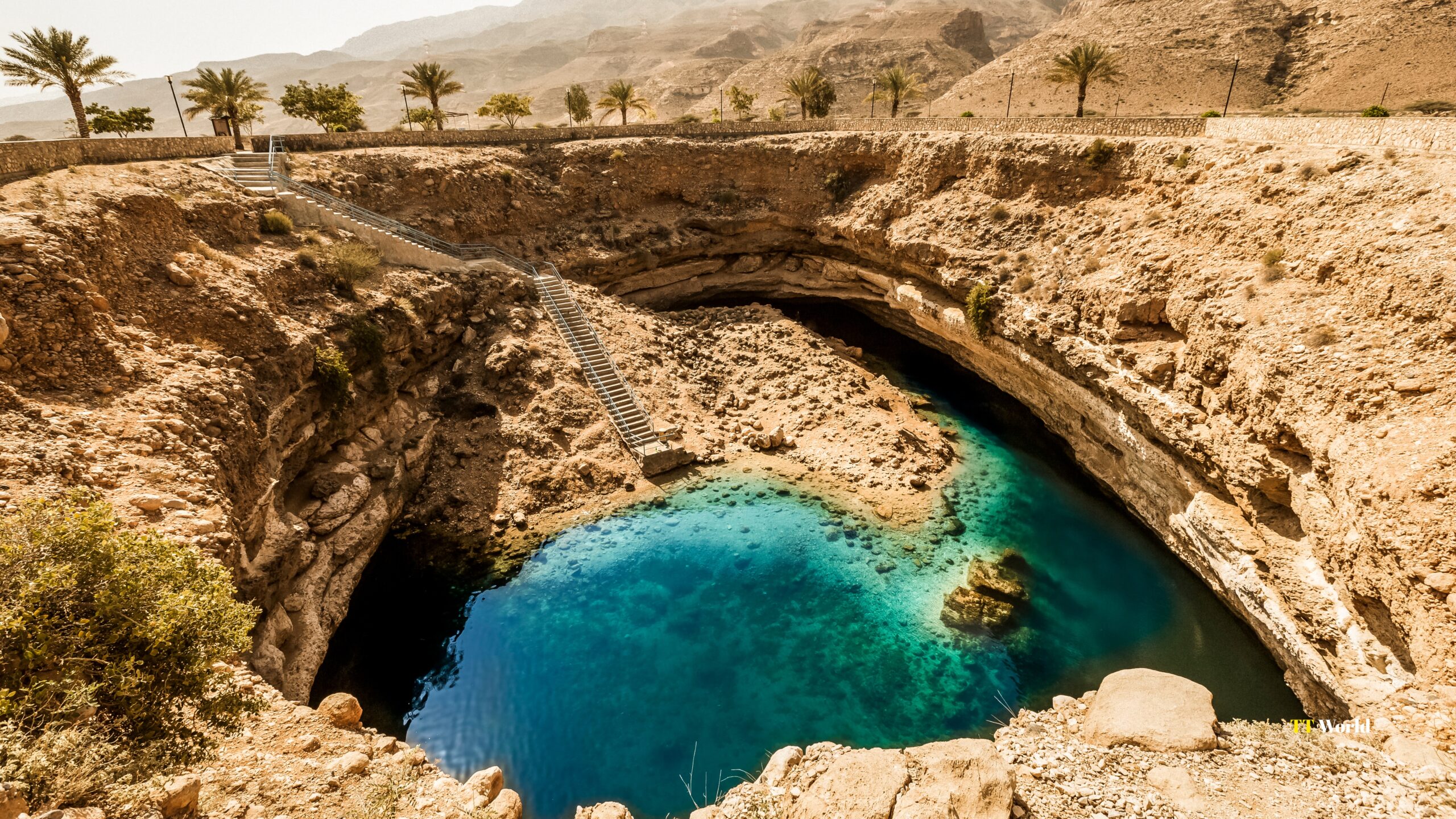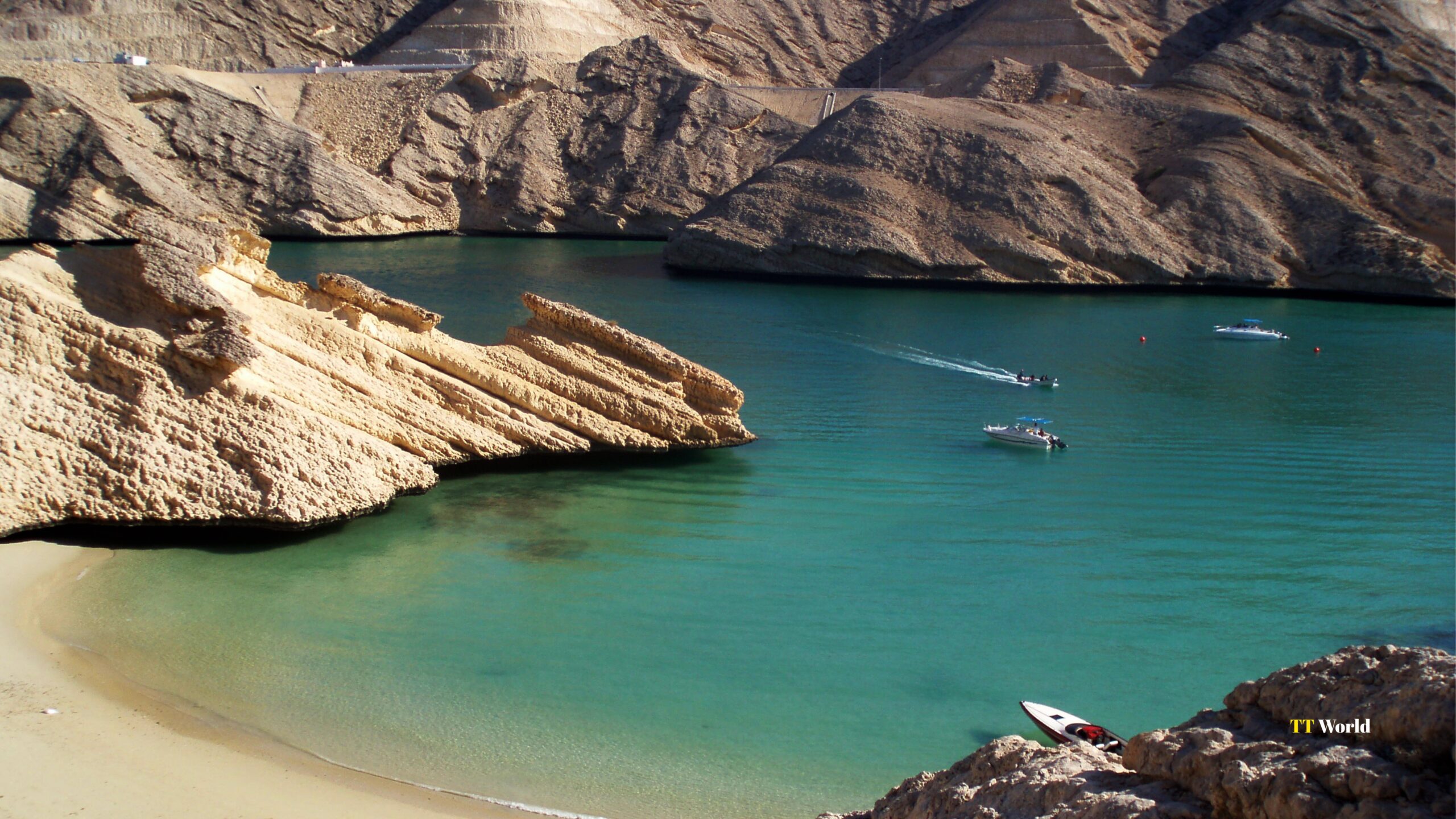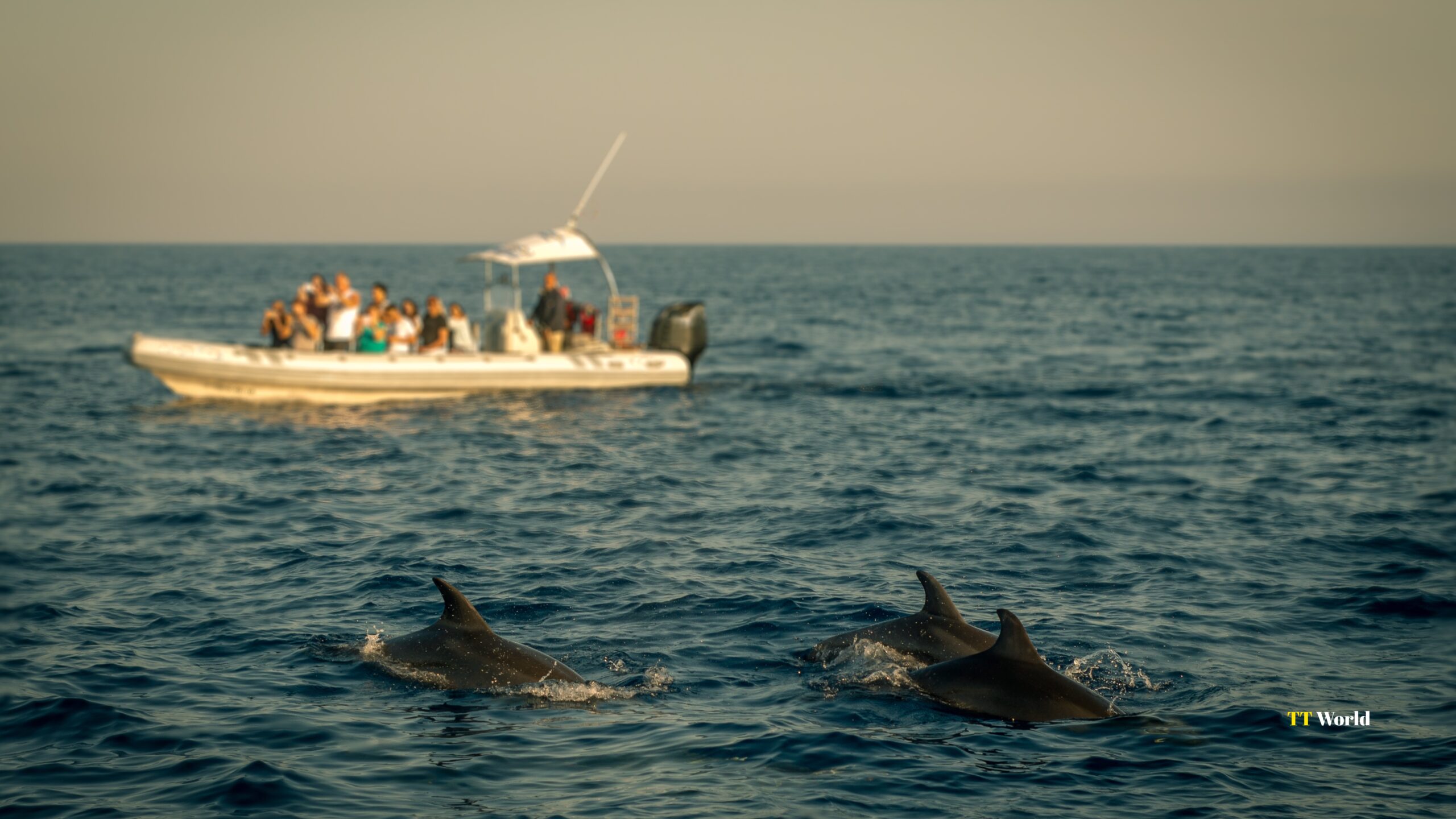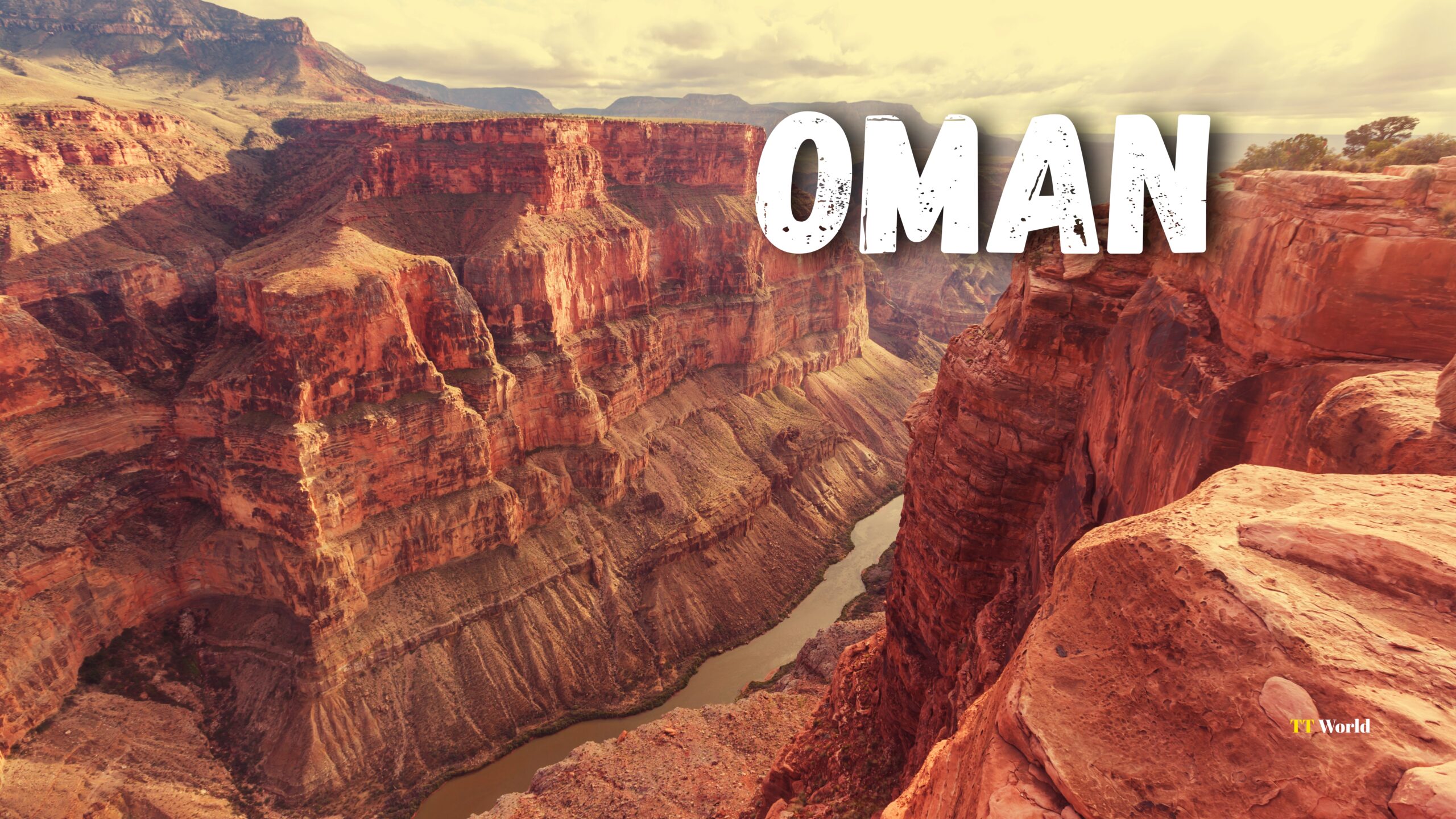Trip Info
-
3 Star Hotel
-
Ivato international airport
-
Ivato international airport
-
Yes , Before 30 days from Departure Date
-
Book now pay later
-
Car , Bus
-
Breakfast
Overview
This 17-day South & East Madagascar tour offers an immersive journey through the island’s diverse landscapes, flora, and fauna. Beginning in the capital Antananarivo, the route winds through the highlands to Antsirabe, Ranomafana’s lush rainforest, and the dramatic canyons of Isalo National Park, before reaching the southwest coast at Tulear. From there, a flight returns travelers to Tana, followed by a scenic drive east to Andasibe’s rainforest and along the Pangalanes Canal to Tamatave. The tour culminates in a relaxing beach stay on the idyllic Sainte Marie Island, known for its coral reefs, whale watching, and pirate history. With visits to national parks, local villages, wildlife reserves, and cultural sites, this tour perfectly blends adventure, nature, and relaxation across Madagascar’s most iconic regions.
Supplement for guide from the agency without stay in Sainte Marie (1150 Euro, to be shared by participants)
Supplement for best hotels:
SINGLE: 1145 Euro
DOUBLE: 835 Euro/person
Supplement in best hotels for:
Half board: 240 Euro
Full board: 540 Euro
Planned hotels for this tour (subject to availability, other hotels are possible, tariff may have to be adjusted):
Name of city / Standard hotel/ best hotel
Antananarivo /Tana Hotel*** / Palissandre****
Antsirabe / Chambres du voyageur** / Plumeria ***
Ranomafana / Centr’est** / Thermal***
Fianarantsoa / La Rizière** / Pietra ***
Ranohira / Isalo Ranch** / Isalo Rock Lodge**** on half board
Tulear / Victory*** /Moringa*** suite
Antananarivo /Tana Hotel*** / Palissandre****
Andasibe / Sahatandra River** / Mantadia Lodge***
Akanin’ny Nofy / Palmarium** / unchanged
Fenerive Est: L’Oasis Lodge**/ unchanged
Sainte Marie / Lakana** / Princesse Bora Lodge***sup. luxury villa (in both hotels half board compulsory)
Antananarivo /Tana Hotel *** / Palissandre****
Itinerary
Meeting at Ivato international airport and transfer to the chosen hotel. Overnight at the hotel
In the afternoon, sightseeing tour in Antsirabe with a detour to the historic post office building, the Hotel des Thermes built in 1897, which could well be located on Lake Geneva, and the train station. This city is also called the "City of Water" because of its hot water springs. Visit to the circular lake Andraikiba (9 km) as well as a workshop where miniature bicycles and rickshaws are made from recycled materials and a studio where handicraft objects are made from zebu horn (zebu is the local cattle), which are good souvenirs. The town, which is similar in altitude to Tana, was founded by a Norwegian missionary at the end of the 19th century. Norway is still involved in development aid, runs schools and sends teachers. The population is mainly composed of the Merina and Betsileo tribes. During the French colonial rule (1896 to 1960), Antsirabe became the recreation centre of the plantation owners who were exhausted by the hot and humid climate. In winter, it can get quite cold at night here, and in summer the temperature rarely rises above 25 degrees Celsius. From the beginning of 1954, the Hotel des Thermes was also the residence of King Mohammed V of Morocco and his family, who had been sent by France into exile here, for a good two years. You can also find some gemstone cutting workshops, but be careful when buying, not everything that shines is real. The region is one of the economic centers of the country: Agriculture, fruit growing, dairy cows, condensed milk, several textile factories, tobacco industry and the well-known three-horses beer is also produced here. Overnight stay in a hotel.
After breakfast departure to Ranomafana. A good 20 kilometres before the first stop in Ambositra we cross the new Fatihita Bridge and have a good view (right side) of the stone bridge over the river, which was blown up by supporters of the ex-dictator Didier Ratsiraka during political unrest in 2002 to separate the capital from the surrounding area. After breakfast departure to Ranomafana. A good 20 kilometres before the first stop in Ambositra we cross the new Fatihita Bridge and have a good view (right side) of the stone bridge over the river. You can also buy beautiful silk scarves from Soatanana and the surrounding area. Trading is common. The eye-catcher in the centre is a mighty Benedictine monastery opposite the cathedral. On Saturdays there is a big weekly market. Also the farmers from the surrounding area offer their goods here, mostly agricultural or from the village blacksmith. Here you can stroll peacefully without being disturbed. Drive on to Ranomafana (another 150 km, the name means "hot water"), then check into the hotel. Before dinner possibility for a walk with flashlights along the road to look for nocturnal animals. With a bit of luck you will discover fast moving brown mouse lemurs, sleeping chameleon species in all sizes, lively frogs etc. Back to the hotel.
After breakfast drive to Ranohira with a stop in Ambalavao after about 56 km. Visit of the manufactory of the Antemoro paper: a paper made from the bark of the Havoha tree, according to a method probably left by Arabs (on weekends it is often not possible to visit, but sometimes a woman works for demonstration purposes). Wednesday and Thursday morning is the island-wide known big market day for zebu cattle at the southern edge of the village. Ambalavao lies at the foot of the Andringitra massif. Its highest peak is the 2658 meter high Pic Boby, it is also the second highest peak of Madagascar, and you can climb it in a three day tour. About 12 km after Ambalavao there is another stop to visit the small reserve Anja, which was founded in 1999 by more than one hundred inhabitants and the surrounding villages. It lies at the foot of the rock formation called "Three Sisters". Several hundred catta lemurs can be observed there in numerous family groups in their natural environment while resting, climbing or feeding. Finally, we continue on a quite good road via Ihosy, the centre of the Bara tribe, and the plateau of Horombe, which is an endless pasture for cattle, to Ranohira. Grass steppes are interrupted by gigantic granite rocks and river courses, in which villages surrounded by greenery spread out under mango trees. Overnight stay at the hotel.
After breakfast, drive along a mostly straight road, past tall bushes and small cactus forests, interrupted by typical Mahafali tombs, partly decorated with motifs and wooden steles, and mighty baobab trees. In Ilakaka you can still get an impression of the lively and also dangerous life of a once huge sapphire digger city. Visit of the Arboretum of Antsokay, a collection of endemic plants of Madagascar, especially many succulents, which was established decades ago by a Swiss man named Petignat. The son continues to run the 40 hectares site with 1000 species of the south. Drive to Tulear, an important trade centre in the region with a harbour, an oceanographic museum and an attractively designed promenade along the shore. Rickshaw drivers provide passenger transport here. Check-in at the hotel in Tulear.
According to the flight, transfer to the airport for the flight with the domestic airline Tsaradia back to the capital . Meeting at the airport and transfer to hotel, and overnight there.
After breakfast, drive east by car, through a landscape characterized by its nested rice fields and wooded hills. In Marozevo visit the Exotic Park (also called Peyrieras Park after its founder), where you can see many chameleons from close up, as well as butterflies, frogs and other amphibians. Then on to Andasibe, the place looks more like a poor wooden shack village, it is the starting point for the visit of the national park, the realm of the legendary Indris. Once the only hotel in Andasibe was in the mighty train station building with a few bungalows opposite on the hillside. But in the course of the years, thanks to the visitors from all over the world, numerous new hotel complexes were opened, in which a lot of jobs were created. Possibility to walk with a local guide along the road near the National Park Perinet-Analamazaotra in search of nocturnal animals before dinner. With a little luck you will see wool and mouse makis, chameleons etc. Overnight stay at the hotel.
(125 km of ordinary road, then 7 km of earth road (about 5,5 hours’ drive in total), then about one and a half hours by boat on the canal)
After breakfast, an early morning visit to the 810 hectare reserve of Analamazaotra (930 to 1000 meters altitude), the realm of the mysterious Indri lemurs with their distinctive calls heard for miles around, and 13 other species of lemurs. You can also find various species of birds, chameleons etc. This hike on the Trail "Indri II" takes about three hours and leads on paths first in an upward gradient, and is then mostly flat. Afterwards you drive on the national road 2 about 113 km into the sugar cane and fruit growing area around Brickaville. After a few kilometres, the road turns right onto a 7 km long dirt road to the formerly busy holiday resort of Manambato. There we board a covered motorboat and transfer on the Pangalanes Canal (about 20 km) to the hotel in the middle of beautiful nature in Akanin'ny Nofy at Lake Ampitabe. Overnight stay there.
By the way, the Pangalanes Canal is considered to be the second longest canal in the world. It is a continuous waterway of about 645 km in length, which leads from Tamatave, the northernmost end point, to the village of Farafangana in the south, running parallel to the Indian Ocean. The distance to the sea is sometimes only a few meters, at some points it also touches the sea, and therefore the water is slightly salty. During the colonial period, eight years of construction work created artificial connections between the naturally formed lakes and river courses, which are fed with water from wooded elevations. Artificially constructed branch canals were used to create connections to the nearest standing or flowing water sources.
Early morning trip by boat on the Pangalanes Canal to Tamatave. Reception at the port by a driver from Tamatave. Then drive about 100 km north to Fenerive on a bad road. Overnight stay at the Hotel.
After breakfast, you walk to the boat (not far from the hotel). Check-in with other passengers at 09.30.. Departure around 12.00. The trip takes about three hours. Reception there and transfer to the hotel. Overnight stay at the hotel.
It is possible that the gendarmerie will prohibit the boat transfer at short notice due to rough seas.
Days at leisure, possibilities: Swimming, snorkelling, diving, excursions by boat, bicycle, motorbike or on foot (fishing villages, pirates' cemetery, Ile aux Nattes in the south of the island or up north etc). With a bit of luck you can see mighty humpback whales, some with calves, during a boat trip or even from the beach from July to September.
In contrast to the long east coast of the main island, the beaches of Sainte Marie (Nosy Boraha) are surrounded by protective coral reefs. There are numerous walks to be made, over hills, through meadows, along clear streams, past miles of sandy beaches, on the dunes of the Indian Ocean and in the rainforest. Many Malagasy traditions of the mainland can be found on Sainte Marie, and both traditions of the Merina of the highlands and typical festivals of the Sakalava from the west coast have been preserved in their original forms. The island now has a good 50 km long road with a bitumen layer from the airport to the north. The island can be explored on foot, by bicycle, motorbike or tuk-tuk. Around 27,000 people live on the island, whose highest point reaches just 114 metres. A pirates' cemetery south of the clearly laid out capital Ambodifotatra reminds us of the time before colonisation, when pirates hid here. Overnight stays in a hotel.
Transfer to the airport for the flight to Antananarivo. Transfer to the hotel, rest of the day free. Overnight at the hotel.
Afterwards visit a market with Malagasy handicrafts to buy last souvenirs and, if the flight is late in the evening, day use of a room in the hotel. Afterwards transfer to the airport and check-in for departure for the flight home.
Inclusions/Exclusions
Cost Inclusions
- -All airport transfers
- -Midrange accommodation based on bed and breakfast, on Sainte Marie on half board
- -Parks and reserve fees (Ranomafana, Ranohira, Exotic Park Marozevo, Andasibe, Palmarium)
- -Service of local guides in parks and reserves
- -car or bus rental with a driver for the road trip
- -Fuel and driver's indemnities
- -transfer in the hotel-owned motor boat (there may be other passengers on board): Manambato- Akanin'ny Nofy –Tamatave
- -transfer in the ferry boat from Mahambo to Sainte Marie, there’ll be other passengers on board
- -visit of Anja and Arboretum sites, Palmarium reserve and the excursion to spot the Aye Aye
- -excursion to Ambohimanga and visit of the handicraft market
- -day use of the hotel room on the last day
- -tourist levy and VAT.
Cost Exclusions
- -International flights and their taxes
- -Domestic flights with airport taxes: Tuléar -Antananarivo, Sainte Marie – Antananarivo: approx. 360 to 560 Euro per person (depending on the booking class and season)
- -Visa fees (35 € for 30 days stay)
- -All other meals and drinks
- -Excursions on Sainte Marie, water sports
- -Personal expenditures.
- -Personal insurance for eventualities like accidents, theft or damage to luggage, cancellation etc




